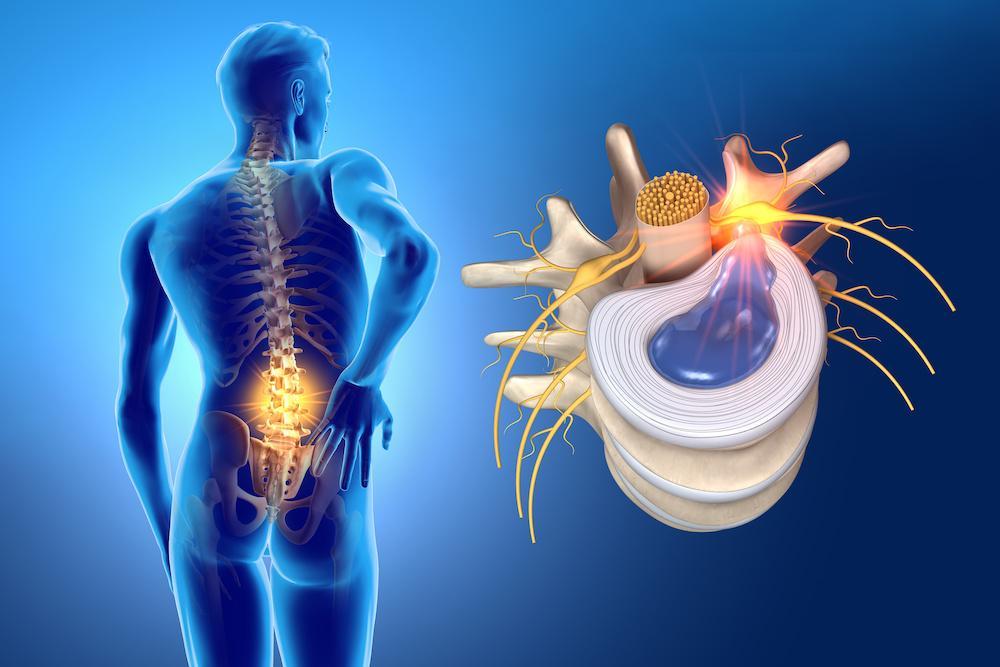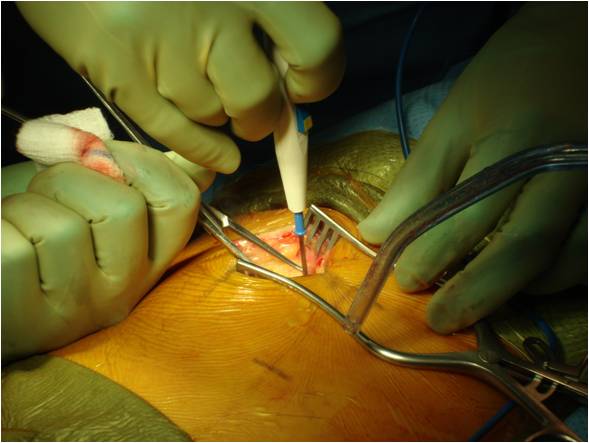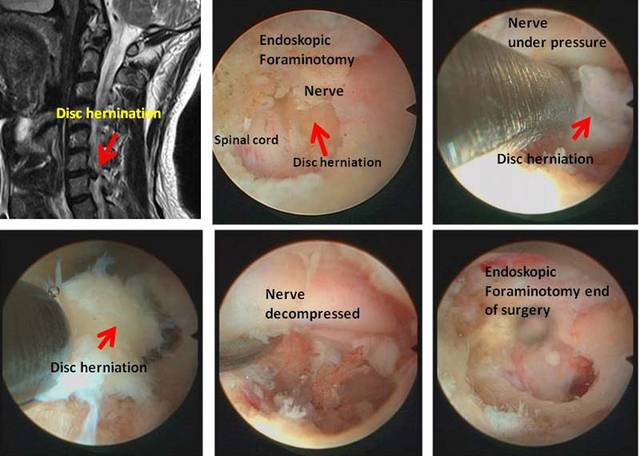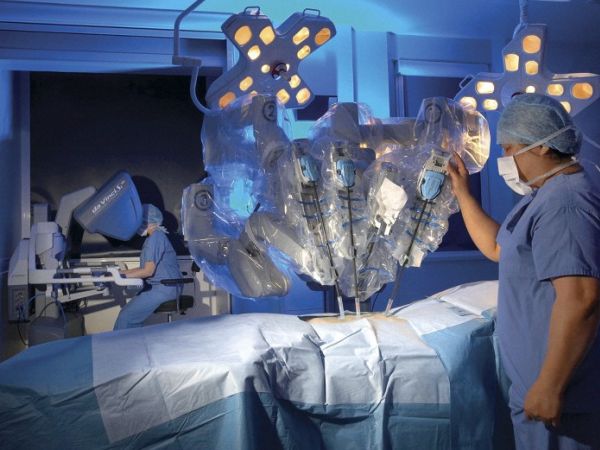LAHORE SPINE CARE
The Latest Advances in Disc Herniation Surgery: What You Need to Know
Disc herniation surgery has come a long way in recent years, offering patients more effective and less invasive options than ever before. With advances in technology and surgical techniques, the management of disc herniation has seen significant improvements, leading to better outcomes and quicker recoveries. If you’re considering surgery for a herniated disc or just curious about the latest developments, here’s an in-depth look at what you need to know about the most recent advancements in disc herniation surgery.

Table of Contents
ToggleUnderstanding Disc Herniation Surgery
Disc herniation surgery is typically considered when conservative treatments—such as physical therapy, medication, or lifestyle modifications—fail to relieve symptoms. The primary goals of surgery are to alleviate pressure on the affected nerves, reduce pain, and restore function. Traditional surgical methods include discectomy (removal of the herniated part of the disc) and spinal fusion (joining two or more vertebrae together). However, recent advances have introduced new techniques that offer promising benefits.
Latest Advances in Disc Herniation Surgery
1. Minimally Invasive Spine Surgery (MISS)
Minimally invasive spine surgery represents a major leap forward in treating disc herniations. Unlike traditional open surgery, MISS uses smaller incisions, specialized instruments, and advanced imaging techniques to perform the procedure with minimal disruption to surrounding tissues. Key benefits include:
- Reduced Pain and Discomfort: Smaller incisions generally mean less postoperative pain and a quicker recovery.
- Faster Recovery: Patients often experience shorter hospital stays and a faster return to normal activities.
- Lower Risk of Complications: Less invasive techniques reduce the risk of complications such as infection and excessive bleeding.


2. Endoscopic Discectomy
Endoscopic discectomy is a technique that uses a tiny camera (endoscope) and specialized instruments inserted through a small incision to remove the herniated portion of the disc. This approach offers several advantages:
- Minimal Tissue Damage: The use of small instruments and camera reduces the damage to surrounding tissues, leading to less postoperative pain.
- Outpatient Procedure: Many endoscopic discectomies can be performed on an outpatient basis, meaning patients can go home the same day.
- Enhanced Precision: The endoscope provides real-time images of the surgical site, allowing for precise removal of the herniated disc material.
3. Laser Spine Surgery
Laser spine surgery involves the use of a laser to remove or shrink the herniated disc material. While not suitable for all cases, it offers certain benefits:
- Targeted Treatment: The laser allows for precise removal of herniated material with minimal disruption to surrounding tissues.
- Minimized Recovery Time: The procedure is often performed on an outpatient basis, with a quicker recovery period compared to traditional surgery.

4. Artificial Disc Replacement
Artificial disc replacement is an alternative to spinal fusion, where a damaged disc is replaced with an artificial one. This technique aims to:
- Preserve Motion: Unlike spinal fusion, which can limit motion between vertebrae, artificial disc replacement maintains more natural spinal movement.
- Reduce Stress on Adjacent Discs: By preserving motion, the technique can reduce the risk of developing problems in adjacent discs, a common issue with fusion surgery.
5. Robotic-Assisted Surgery
Robotic-assisted surgery involves using robotic systems to enhance the precision and control of the surgical procedure. The key advantages include:

- Enhanced Accuracy: Robotic systems offer high precision, which can improve the outcomes of complex procedures.
- Improved Visualization: The robotic system provides detailed, magnified views of the surgical site, aiding in accurate removal of herniated material.
- Reduced Surgeon Fatigue: The technology can help reduce the physical strain on surgeons, potentially leading to better performance and outcomes.
Considerations and Consultation
While these advancements offer exciting possibilities, it’s important to consider several factors when deciding on surgery:
- Individual Assessment: The best surgical option depends on factors such as the location and severity of the herniation, overall health, and personal preferences. A thorough evaluation by a spine specialist is crucial.
- Risk and Benefits: Each surgical method comes with its own set of risks and benefits. Discussing these with your healthcare provider can help you make an informed decision.
- Postoperative Care: Regardless of the surgical method, following postoperative care instructions and participating in rehabilitation is essential for optimal recovery.

Conclusion
The latest advances in disc herniation surgery offer promising options for patients seeking relief from chronic pain and functional limitations. Minimally invasive techniques, endoscopic discectomy, laser spine surgery, artificial disc replacement, and robotic-assisted surgery each bring unique benefits and advancements to the field. If you’re facing the prospect of surgery for a herniated disc, staying informed about these advancements and consulting with a skilled spine specialist can help you choose the best treatment for your needs and ensure a successful outcome. By embracing these innovations, patients can look forward to improved outcomes, reduced recovery times, and a better quality of life.
LAHORE SPINE CARE is proudly powered by WordPress